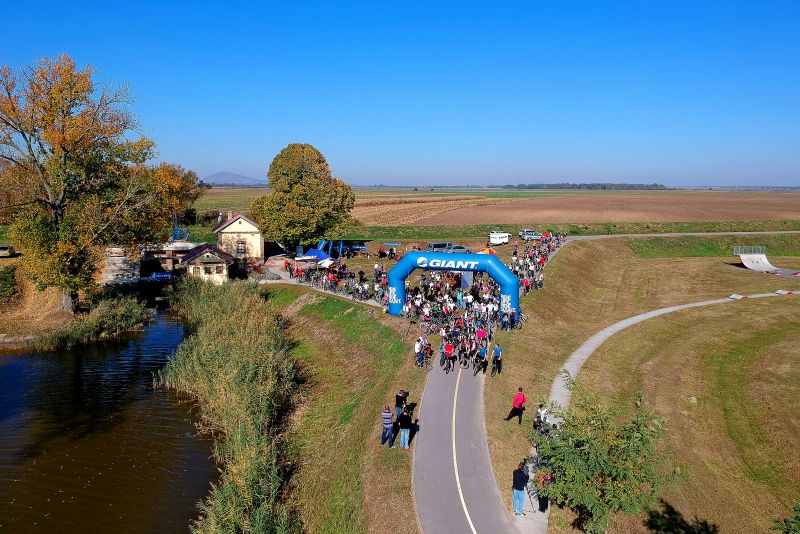Sátorhely – Suza: Croatian Baranja

After crossing the border the route continues through the Šokci villages of Baranja along the Danube: Duboševica, Topolje, Gajić and Draž, which are famous of cultivating the Šokci heritage. In Topolje the Šokci House works as an ethnological museum. The building has been made in 1918, the displayed articles, furniture and costumes are 200 years old.
The village of Batina is an important crossing point and port on the Danube. Above the village built on the picturesque hill the Batina Battle memorial is visible, which offers a unique view to both sides of the Danube.
From Batina the route continues parallel with the Danube, on the bike lane along the main road. From Zmajevac a detour can be made to Beli Manastir, centre of the area.
Zmajevac, Suza and Kneževi Vinogradi are villages of ethnic Hungarian majority, famous of wine production and the keeping of the gastronomic tradition of Baranja. In the villages several wine cellars, restaurants and accommodation facilities are operating.
Beli Manastir is the biggest settlement, the administrative centre of the Croatian Baranja. Name of the town refers to the monastery built in 1227. The town is characterised by multi-national population and cultural diversity. In 2016 the Ethnology Centre of Baranja’s Heritage has been set up, presenting the multi-ethnic population of the area. Near the town the Šećeransko lake (Šećeransko jezero) is found, which is the most beloved recreational site for families in the area.



